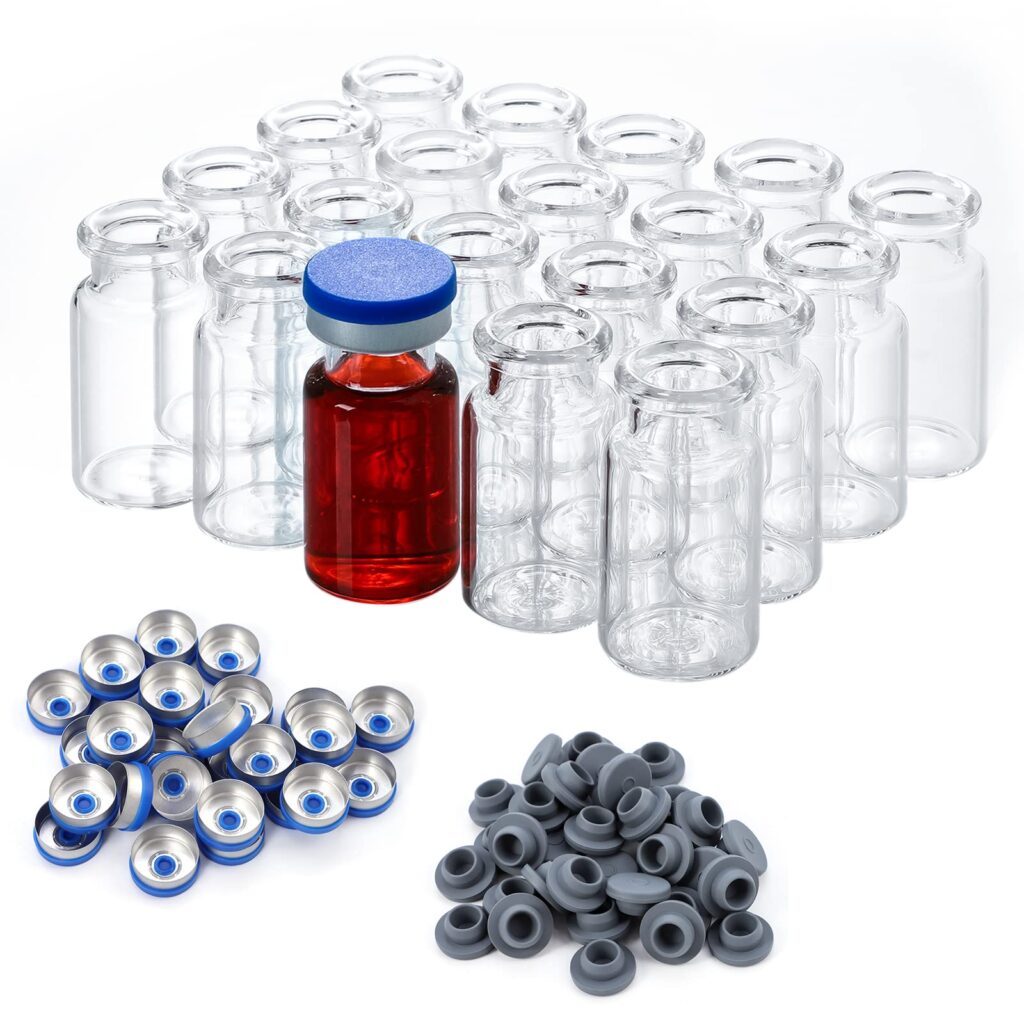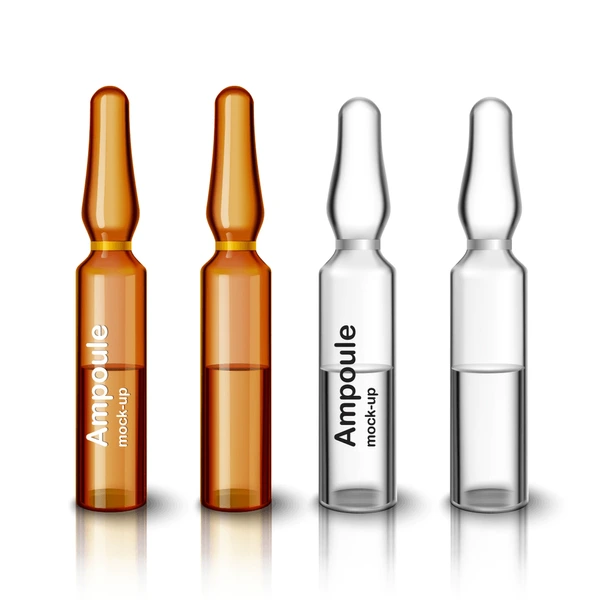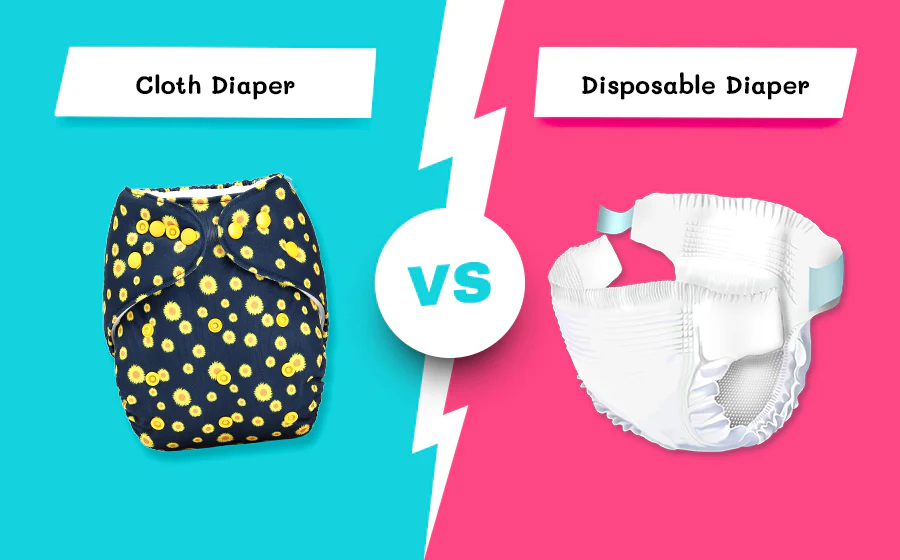Containers used in pharmacy to store pharmaceutical products differ from those used for other products. Chemistry and various factors are carefully considered when selecting and utilizing these containers. Let’s delve into this further:
Types of Containers:
Containers used in pharmacy can be classified based on factors such as structure, materials used, quality, chemical interactions, and dosage form.
Bottles:
Bottles are widely employed for pharmaceutical preparations, including syrups and sometimes tablets. The choice of container type is crucial, as is the material it is composed of. Glass and plastics are the primary materials used for pharmaceutical containers. Utilizing the wrong quality material can lead to errors such as leaching and cracking. Child-resistant closures are employed to prevent access to medication by children. Plastic bottles are used for large parenterals, which are used in intravenous infusion.
Vials:

A vial is a small plastic or glass bottle primarily used to store medication, which can be in solid, liquid, and powder forms. In parenterals, vials are classified into
a) multi-dose vials and
b) single-dose vials.
Multi-dose vials can be used more than once, while single-dose vials are used only once. Vials used to be primarily made of glass, but now they are made of polypropylene. Rubber closures are used to seal the opening of vials. The material used in rubber closures is elastic and soft enough to permit entry and withdrawal of a hypodermic needle without causing any puncture in the closure.
Ampules:
Ampules are sealed and used as single-dose containers. They are sealed in such a way that they have to be broken at the neck to use, thus they can only be used as single doses. Medication used in ampules is sterile and used parenterally. They are also called well-closed containers.

Aerosols:
Primarily, APIs in liquid form are stored in a compressed state and turn into gas when pressure is applied. Such dosage forms are used for nasal application and topical preparations. Propellants, such as propane, isobutane, and butane, are used to hold the liquid under pressure. Mostly, tinplate steel is used for the preparation of aerosols.

Droppers:
Droppers are used for the application of medicine in the cavity of ears and nose. In children, droppers are used for measuring and administering syrup. Like every other container, they used to be made of glass and rubber, but now plastic is primarily used.
Blister Packages:

In blister packaging, medication is contained within the cavity of a blister and covered with foil. Blister packages are extensively used for storing tablets due to their cost-effectiveness and ability to provide accurate dosing. They are suitable for storing capsules and lozenges.
Plastic Containers:
The primary materials used for containers to store pharmaceutical products are glass and plastic. Rubber is used for rubber closures. No container is presently available that does not react, especially with aqueous products. Traditionally, glass containers have been used for sterile products, which are closed with rubber closures. As time has moved, the usage of plastic containers in parenterals has increased, and those containers are used for intravenous solutions and ophthalmic preparations. Some plastic containers can affect the quality of medication or interact with medications. Primarily, thermoplastic polymer is used in plastic containers, as thermoplastic polymer melts at elevated temperatures. Plastic containers are mainly used because they are easy to handle, lightweight, non-breakable, and have low reactivity with the products.
Glass Containers:
Although plastic containers have replaced glass containers in many dosage forms, glass containers are still preferred for injectable products. Soda-lime and borosilicate are two general types of glass. Light-sensitive products (substances that can degrade with exposure to sunlight or UV rays) can be stored in amber glass, as UV radiation can be filtered out by amber glass. Iron oxide is the cause of the color of amber glass containers, which can leach into the product and react with it.
Factors Affecting Selection of Containers:
Physical and chemical properties of the pharmaceutical products: The material used for the container, primarily bottles, can react with stored medicine, potentially causing leaching where components interact with the medication.
Dosage form:
Dosage forms can be simply divided into solid and liquid dosage forms. Liquid dosage forms cannot be stored in blister packages. Dosage form is also kept in mind.
Method of Administration:
Parenteral drugs are primarily stored in ampules and vials. Parenteral products need to be 100% sterile, as they are directly administered into the bloodstream. Ampules and vials are designed to prevent medication from reacting with the environment.
Storage Requirement:
Some drugs are light-sensitive and are thus stored in amber-colored containers to protect them. Other factors include environmental conditions, dispensing methods, regulatory guidelines, and more.
Conclusion
Containers used to store pharmaceutical products may not hold any therapeutic value, but they act as a barrier between the environment and pharmaceutical products, helping to maintain the quality and efficacy of the medicine when it is stored, transported, and dispensed. Thus, understanding the suitable container for the pharmaceutical product is crucial for maintaining the quality of pharmaceutical products, which indirectly contributes to better patient outcomes.







